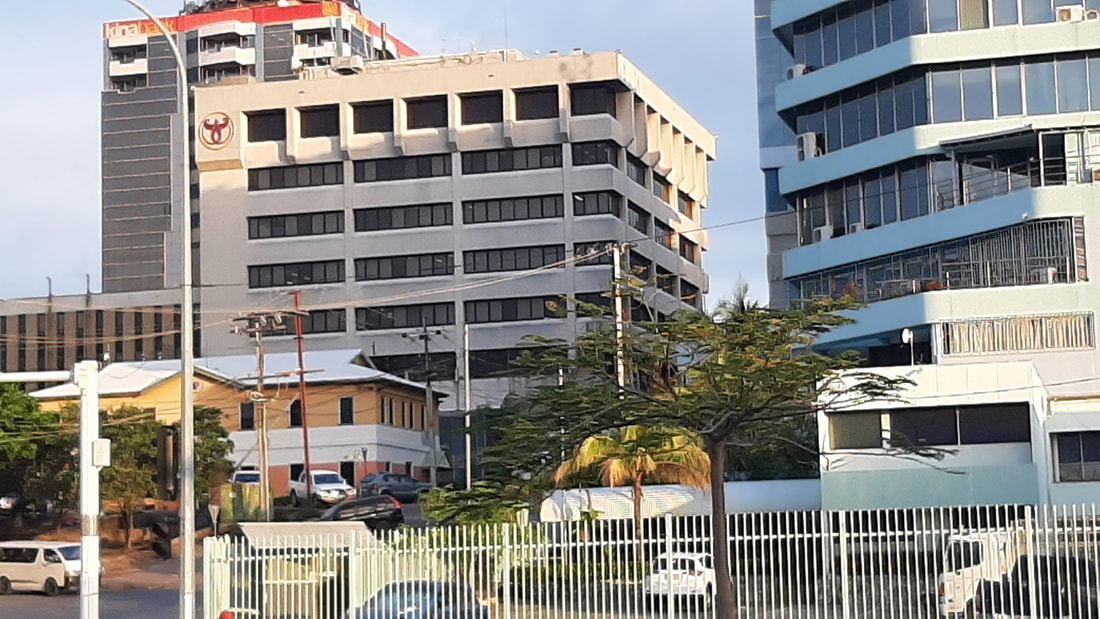PNG Kina Faces Further Depreciation Amid Economic Challenges, Reports Westpac Outlook
The Papua New Guinea Kina is projected to depreciate by an additional four per cent to 0.2405 by June 2025, with recovery not anticipated until 2026, according to the latest monthly outlook from Westpac. The report highlights that since early 2023, the Kina has weakened by 12 per cent against the US dollar but only by four per cent against the Australian dollar.
The Bank of Papua New Guinea (BPNG) has been managing a controlled depreciation of the Kina through increased market interventions. Meanwhile, PNG exporters are capitalizing on the currency's decline by converting their export earnings into sales receipts, supported by strong global commodity prices.
On the import front, data shows that imports plummeted in 2020 and 2021 due to pandemic-related lockdowns. However, they rebounded sharply as restrictions eased, reaching a peak in early 2023. A brief recovery was observed late last year, followed by another spike in the first quarter of 2024. Analysts attribute this fluctuation to foreign exchange shortages and sluggish domestic demand. While a slight recovery began in July 2024, early indicators for 2025 suggest limited progress.
In the agricultural sector, PNG’s coffee production dropped by approximately eight per cent in 2024, driven by aging coffee trees, pest infestations, and inconsistent market access. Despite these challenges, coffee prices surged in late 2024 amid concerns over Brazil’s crop output, which was affected by adverse weather conditions. Prior to this rally, prices had been buoyed by developments in the Robusta market, particularly after Vietnam experienced a sharp production decline due to hot and dry weather.
Justin Smirk, Westpac’s director and senior economist, noted that the weaker Kina is providing a boost to returns for PNG coffee growers. He also highlighted the resilience of gold, stating that its upward trajectory is unlikely to falter anytime soon. Smirk anticipates that gold could reach record highs in the first half of 2025.
“Current gold prices appear overvalued when compared to traditional long-term drivers like elevated US real yields,” Smirk remarked. “However, the prevailing risk trends are unlikely to reverse in the near term. Additionally, while immediate tariff threats may have eased, the unpredictable nature of an administration like former President Donald Trump’s reinforces gold’s appeal as a safe-haven asset.”
The report underscores the complex interplay of global market dynamics, domestic economic challenges, and currency fluctuations shaping PNG’s economic landscape in the coming years.
Also read






Post a Comment